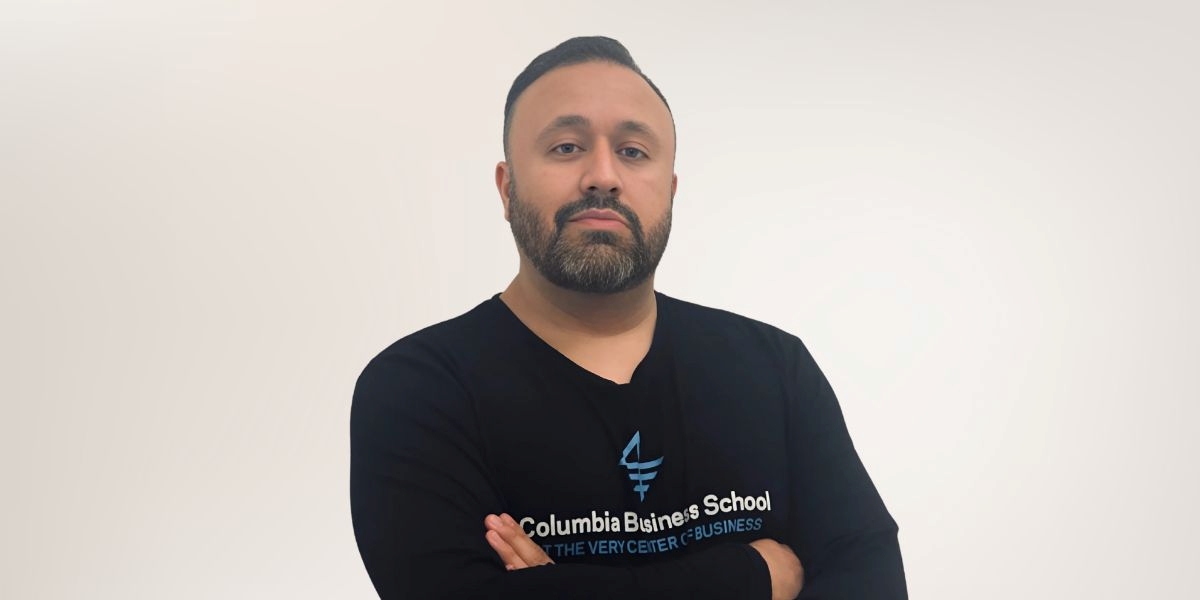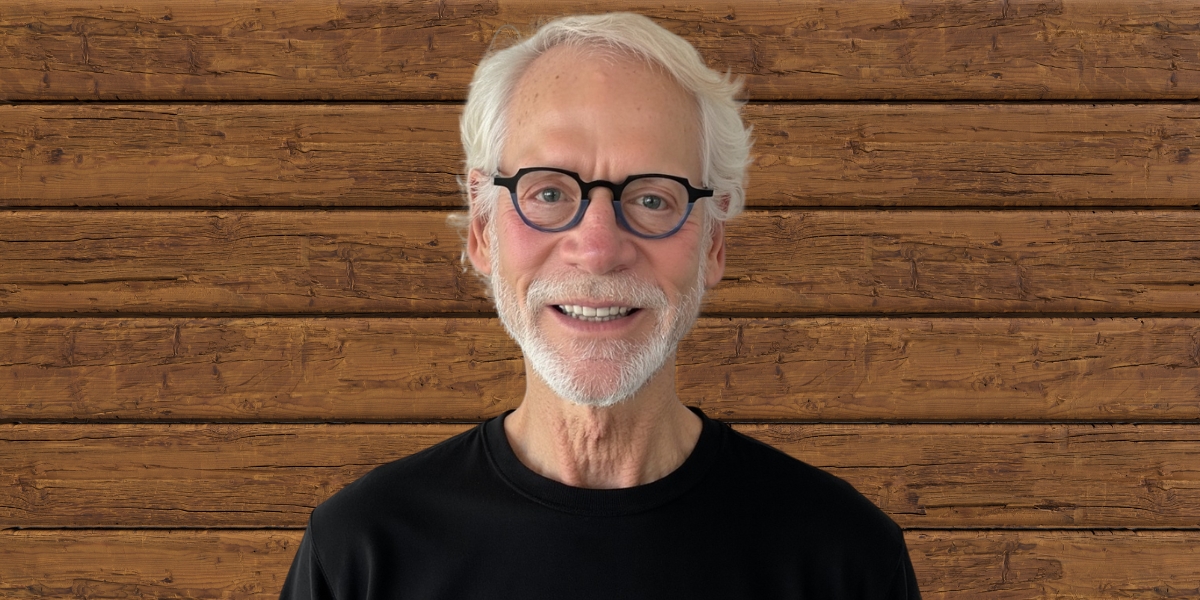By: Sheila Callahan
The concept of a circular economy is gaining momentum as investors and businesses seek more sustainable ways to operate. Unlike the traditional “take-make-waste” linear model, a circular economy emphasizes reuse, repair, and recycling to minimize waste and maximize resource efficiency. This approach isn’t just environmentally friendly – it’s increasingly being recognized as a smart investment strategy that can deliver both financial returns and positive environmental impact.
Understanding the Circular Economy
At its core, the circular economy is about creating a closed-loop system where resources are used, reused, and recycled rather than discarded. This model aims to eliminate waste and promote continuous use of resources. Think of it like a natural ecosystem, where nothing goes to waste – everything is repurposed or recycled into something new. In business terms, this means designing products for longevity and recyclability, implementing take-back programs, and finding innovative ways to reuse materials.
Harpreet Saini, CEO of We Buy Houses in Metro Detroit, shares her perspective on implementing circular principles in real estate: “In my experience renovating properties, I’ve seen firsthand how the circular economy can transform our industry. We’ve implemented a comprehensive recycling program for construction materials, saving over 40% on waste disposal costs. Every renovation project now includes energy-efficient upgrades that reduce long-term resource consumption. I believe the future of real estate lies in sustainable, circular practices that benefit both the environment and our bottom line.”
Investment Opportunities in the Circular Economy
The transition to a circular economy is creating numerous investment opportunities across various sectors. From innovative recycling technologies to companies specializing in product refurbishment, investors can choose from a growing range of circular economy investments. The Ellen MacArthur Foundation estimates that circular economy activities could generate $4.5 trillion in economic benefits by 2030.
Jessica Henderson, Founder of Sell My House Fast Houston, TX, offers insights from her experience: “Working in the real estate market, I’ve noticed a significant shift toward sustainable investments. Our company now focuses on properties that can be renovated with recycled materials and energy-efficient systems. The demand for environmentally conscious homes has grown exponentially. I believe integrating circular economy principles into real estate investment is not just responsible – it’s increasingly profitable.”
The Role of Technology
Technology plays a crucial role in enabling the circular economy. From new systems that track materials through supply chains to AI-powered waste sorting systems, technological innovations are making circular business models more feasible and efficient than ever before. These advancements are creating new opportunities for investors while making circular practices more accessible to businesses.
Catherine Mack, Owner at House Buyer Network, highlights the importance of technology in sustainable real estate: “Through my years of experience in real estate investment, I’ve embraced technology as a key driver of sustainability. We use advanced analytics to identify properties suitable for eco-friendly renovations. Our digital platforms help track and optimize resource usage during renovations. I’m constantly amazed by how technology enables us to make smarter, more sustainable investment decisions.”
Challenges and Solutions
While the circular economy presents exciting opportunities, it also comes with challenges. These include the need for new infrastructure, changing consumer behavior, and developing new business models. However, innovative companies are finding creative solutions to these challenges, often turning them into competitive advantages.
Brandon Hardiman, Founder of Yellow Hammer Home Buyers, shares his approach to overcoming these challenges: “When I transitioned from engineering to real estate, I brought a problem-solving mindset to sustainability challenges. We’ve developed creative financing solutions for eco-friendly home improvements. Our team has successfully implemented sustainable practices in over 70 home renovations, proving that circular principles can work at scale. The key is viewing sustainability not as a constraint, but as an opportunity for innovation.”
Government Support and Regulation
Governments worldwide are increasingly supporting the transition to a circular economy through policies, regulations, and incentives. The European Union’s Circular Economy Action Plan and similar initiatives in other regions are creating a supportive environment for circular economy investments. These policy frameworks are providing additional certainty for investors and helping to accelerate the transition.
The circular economy represents a fundamental shift in how we think about production, consumption, and investment. As environmental concerns become increasingly pressing and resources become scarcer, circular economy principles are likely to become even more important for investors. The success stories and insights shared by our experts demonstrate that sustainable, circular investments can deliver both financial returns and positive environmental impact.
Looking ahead, the circular economy appears to be more than just a trend – it’s becoming a fundamental aspect of sustainable investment strategies. As technology advances and awareness grows, we can expect to see more innovative solutions and investment opportunities in this space. For investors looking to combine financial returns with positive environmental impact, the circular economy offers a compelling path forward.
The transformation to a circular economy won’t happen overnight, but the momentum is building. As more businesses and investors embrace circular principles, we’re likely to see accelerated innovation and new opportunities emerge. Whether you’re an individual investor or a business owner, understanding and participating in the circular economy could be crucial for long-term success in an increasingly sustainability-focused world.
Published By: Aize Perez











